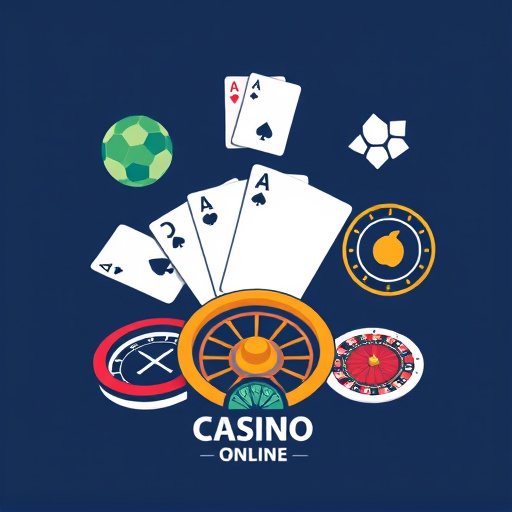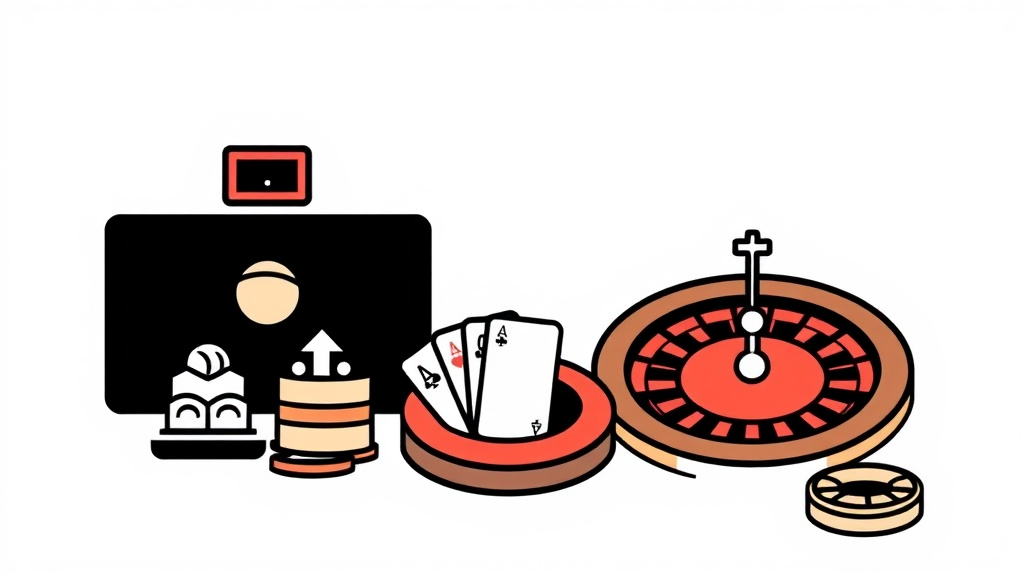manga de, a term synonymous with rich storytelling, diverse artistry, and cultural influence, has become a global phenomenon that transcends borders and generations. From its humble beginnings in Japan to its current status as a worldwide cultural force, manga continues to captivate millions with its unique blend of visual storytelling and emotional depth. In this comprehensive exploration, we will delve into the multifaceted world of manga, examining its history, evolution, genres, cultural impact, artistry, storytelling techniques, creation process, relationship with anime, business dynamics, social themes, and future trends.
Decoding Manga's Enduring Appeal: A Comprehensive Analysis
Manga's enduring appeal lies in its ability to resonate emotionally with readers across ages, cultures, and backgrounds. Its storytelling often combines compelling characters with intricate plots that explore universal themes such as love, heroism, identity, and societal issues. Beyond the narrative, manga's visual language plays a crucial role—dynamic panel layouts, expressive character designs, and innovative art styles create an immersive experience that allows readers to connect deeply with the story. The accessibility of manga, with its varying genres and targeted demographics, ensures that everyone can find something that speaks to their interests, further solidifying its place in global pop culture.
Furthermore, manga's cultural authenticity and unique aesthetic set it apart from Western comics or graphic novels. It reflects Japanese societal norms, folklore, and philosophical ideas, offering insights into Japanese life while also appealing universally through its storytelling universality. Its ability to adapt and evolve—integrating digital formats, new themes, and international collaborations—keeps manga relevant in an ever-changing media landscape. This resilience and flexibility demonstrate why manga continues to thrive, attracting new generations and inspiring adaptations across various media.
 Hình minh họa: manga de – read rising of the shield hero
Hình minh họa: manga de – read rising of the shield heroThe Evolution of Manga Design - From Osamu Tezuka to Modern Trends
The history of manga design is a story of innovative progression rooted in pioneering artistry. Osamu Tezuka, often called the "God of Manga," transformed the visual aesthetic and narrative scope of manga with his groundbreaking作品 like Astro Boy and Black Jack. His emphasis on expressive characters, cinematic panel layouts, and cinematic storytelling techniques revolutionized the medium, setting standards that countless artists follow today. Following Tezuka’s influence, manga design absorbed stylistic diversifications—ranging from the gritty realism of Akira to the stylized charm of series like Shonen Jump titles—reflecting both technological advancements and shifting cultural tastes.
In recent decades, the design trends in manga have continued to evolve with digital illustration tools and global influences. Modern manga artists experiment with intricate detailing, atmospheric shading, and experimental layouts that challenge traditional forms. This evolution is also reflected in the diversity of art styles, from hyper-realistic visuals to minimalist and abstract representations. The integration of digital platforms has democratized manga creation, allowing artists worldwide to contribute to the medium’s visual language. This ongoing design evolution highlights manga’s adaptability and its capacity to mirror societal shifts and personal artistic expressions.

Exploring the Diverse Genres Within Manga - A Reader's Guide
Manga encompasses an astonishing variety of genres, each tailored to different tastes and age groups, making it a versatile storytelling medium. From action-packed shonen and emotionally driven shojo, to horror, mystery, romance, fantasy, and science fiction, manga provides a rich palette of themes and narratives. For example, shonen manga, aimed at young boys, often features adrenaline-fueled battles and themes of perseverance, while shojo manga caters to young girls with focus on relationships and emotional growth. Manga genres often blend multiple elements, creating hybrid categories like yaoi (boys' love) or seinen (adult male audiences), broadening its appeal.
What makes this genre diversity especially compelling is the way manga authors innovate within conventions. Genre boundaries are fluid—viewers might find a shonen series tackling complex philosophical themes or a seinen manga delving into surreal psychological horror. This flexibility fosters experimentation and allows manga creators to push storytelling boundaries. As a reader, exploring these various genres can be a journey through different cultural perspectives, societal commentaries, and personal sensations, enriching one’s understanding of the medium’s potential to reflect human experience.
Manga's Global Impact - Cultural Exchange and International Fandom
The worldwide proliferation of manga has fostered an unprecedented level of cultural exchange, serving as both a mirror and a window into Japanese society while inviting international fans into a shared fandom. Fans across the globe have embraced manga not just for its stories but also for its cultural nuances, language, and stylistic aesthetics. Many non-Japanese artists and writers draw inspiration from manga conventions, creating a cross-pollination that enriches global comics and graphic literature. Cultural events like Anime Expo or Japan Expo emphasize manga’s vital role as a medium of cultural diplomacy, connecting diverse audiences through shared enthusiasm.
This global fandom has also led to the localization and translation of countless manga series, making them accessible worldwide. Online platforms, fan translations, social media communities, and streaming services have democratized access and fostered international discussions on themes, art styles, and narratives. As manga continues to influence fashion, music, and entertainment worldwide, its role in cultural exchange expands, fostering mutual appreciation and understanding. The cross-cultural adoption of manga symbols, themes, and aesthetics underscores its power as a global language of storytelling and art.
The Art of Storytelling in Manga - Techniques and Narrative Structures
Manga storytelling is both an art and a craft, relying on a mastery of visual and narrative techniques to craft compelling stories. One of its key strengths is the use of cinematic panel layouts, dynamic pacing, and expressive visuals to guide emotional beats and scene transitions seamlessly. Manga authors often employ symbolism, foreshadowing, and internal monologue to deepen character development and thematic resonance. The effective use of page layouts—such as the use of splash pages for dramatic emphasis—enhances storytelling impact, creating moments of awe, suspense, or intimacy.
Narrative structures in manga range from linear storytelling to non-linear, multi-perspective narratives that immerse the reader in complex worlds. Manga often incorporates cultural motifs and folklore, which weave into the narrative fabric, enriching the reader’s experience. The genre conventions—like training arcs, character growth, and plot twists—are executed with finesse, keeping readers engaged across episodes or volumes. This combination of strong visual language and layered storytelling makes manga a uniquely immersive form of narrative art, capable of conveying complex emotional landscapes and societal critiques simultaneously.
Manga Creation - The Creative Process Behind Your Favorite Series
Creating manga is a multi-stage process involving conceptualization, storyboarding, illustration, and editing. Typically, manga artists (mangakas) or teams develop an overarching theme or story arc first, often creating detailed scripts and storyboards (called “name” or “leaves”) that outline scenes, dialogues, and panel compositions. This preparatory stage demands both storytelling prowess and artistic clarity, as each scene must serve multiple purposes—visual, emotional, and narrative.
The illustration process involves translating storyboards into detailed, polished artwork, often under tight deadlines. Many mangakas work with assistants to manage backgrounds, effects, and cleanups, allowing for rapid production and maintaining consistent visual quality. The collaborative aspect, especially in larger publishing houses, influences stylistic choices and pacing. Personal voice and artistic style evolve through years of practice, with many artists experimenting theatrically with panel sizes, shading techniques, and character designs. The creative process is a delicate balance of technical skill, storytelling intuition, and cultural influences that culminates in the beloved manga series we cherish.
Manga and Anime - Examining the Relationship and Adaptation Challenges
The symbiotic relationship between manga and anime significantly amplifies manga’s cultural reach, but adaptation from one medium to another presents artistic and logistical challenges. While manga provides a visual blueprint brimming with detail and narrative cues, anime often requires expanding scenes through animation, voice acting, and music to evoke the same emotional resonance. This process involves choosing what to preserve, alter, or omit—a challenge that can lead to inconsistencies in character portrayal or story continuity.
Adaptation challenges extend beyond aesthetics; they influence storytelling pacing, character development, and thematic emphasis. Sometimes, anime adaptations serve to enhance the manga’s popularity, like Fullmetal Alchemist or Attack on Titan, but in other cases, they require significant creative reinterpretation to suit the animation format. The discrepancy between manga’s static visuals and anime’s dynamic performances emphasizes the importance of respecting original narratives while embracing artistic innovation. When done well, anime adaptations can elevate the original story, reaching new audiences and adding layers of sensory experience that deepen engagement.
The Business of Manga - Publishing, Distribution, and the Digital Age
The business side of manga involves a complex ecosystem of publishers, distributors, and digital platforms that shape how manga reaches consumers. Traditional print publishing remains vital, with major companies like Shueisha and Kodansha producing iconic magazines and volumes. However, the rise of digital distribution platforms such as Manga Plus, ComiXology, and Crunchyroll revolutionizes accessibility, allowing readers worldwide to access a vast catalog instantly. This shift not only democratizes manga consumption but also presents monetization challenges and opportunities for publishers and creators alike.
The digital age has also led to innovative revenue streams, such as serialization, crowdfunding, and print-on-demand services. Manga publishers now emphasize international licensing agreements, merchandise, and multimedia adaptations to diversify income streams. The rise of fan translations and scanlations has created legal gray areas, prompting discussions about copyright and intellectual property rights. As the industry navigates technological changes, the manga business must adapt to new models of distribution, marketing, and audience engagement, ensuring the medium’s economic sustainability while preserving artistic integrity.
Analyzing Representations and Themes in Manga - Social Commentary and Beyond
Manga’s power largely stems from its ability to reflect and critique societal issues through allegory, satire, and nuanced characters. Many series explore themes like social inequality, gender roles, war, mental health, and environmental concerns—often providing subtextual commentary on contemporary issues. For instance, Akira confronts post-apocalyptic fears and political corruption, while Oyasumi Punpun delves into existential despair and adolescence struggles. These themes resonate with readers, encouraging critical reflection alongside entertainment.
Furthermore, manga’s representations of gender, race, and sexuality have evolved, gradually challenging stereotypes and promoting diversity. Characters embodying different identities and experiences foster empathy and understanding among global audiences. Nonetheless, some manga still reflect problematic portrayals or cultural biases, sparking debates about representation and cultural sensitivity. Analyzing these themes offers insight into manga’s role as both a mirror of society and a catalyst for dialogue, emphasizing its capacity to influence perceptions and foster social change.
The Future of Manga - Emerging Trends and Technological Innovations
As technology accelerates, the future of manga promises exciting innovations driven by virtual reality, augmented reality, and AI-assisted creation. Immersive storytelling experiences, such as VR manga worlds and interactive narratives, could revolutionize consumer engagement, offering readers a hands-on role in stories. AI tools might assist artists by automating backgrounds or enhancing coloring, allowing creators to focus more on storytelling innovation. These technological innovations democratize manga creation, enabling aspiring artists worldwide to produce and distribute work more easily.
Emerging trends also include hybrid formats that blend manga with other media—like webtoons, graphic novels, and multimedia projects—expanding narrative possibilities. Themes are becoming more globalized, with creators drawing from diverse cultural influences, reflecting a world increasingly interconnected. Meanwhile, sustainability and ethical practices in publishing will likely gain importance to meet the demands of environmentally conscious consumers. The future of manga is poised for dynamic transformation, blending cutting-edge technology with evolving artistic and societal sensibilities—ensuring its vitality and relevance for generations to come.
Conclusion
In exploring the world of manga de, it becomes clear that manga’s appeal is rooted in its innovative storytelling, artistic diversity, cultural significance, and adaptability to technological changes. From its origins rooted in Japanese culture to its worldwide influence, manga continues to evolve as a compelling art form that offers insights into human experience, societal issues, and creative expression. Its rich history, diverse genres, and dynamic relationship with anime, along with the business and technological innovations shaping its future, highlight manga’s resilience and enduring relevance as a cultural and artistic phenomenon.





